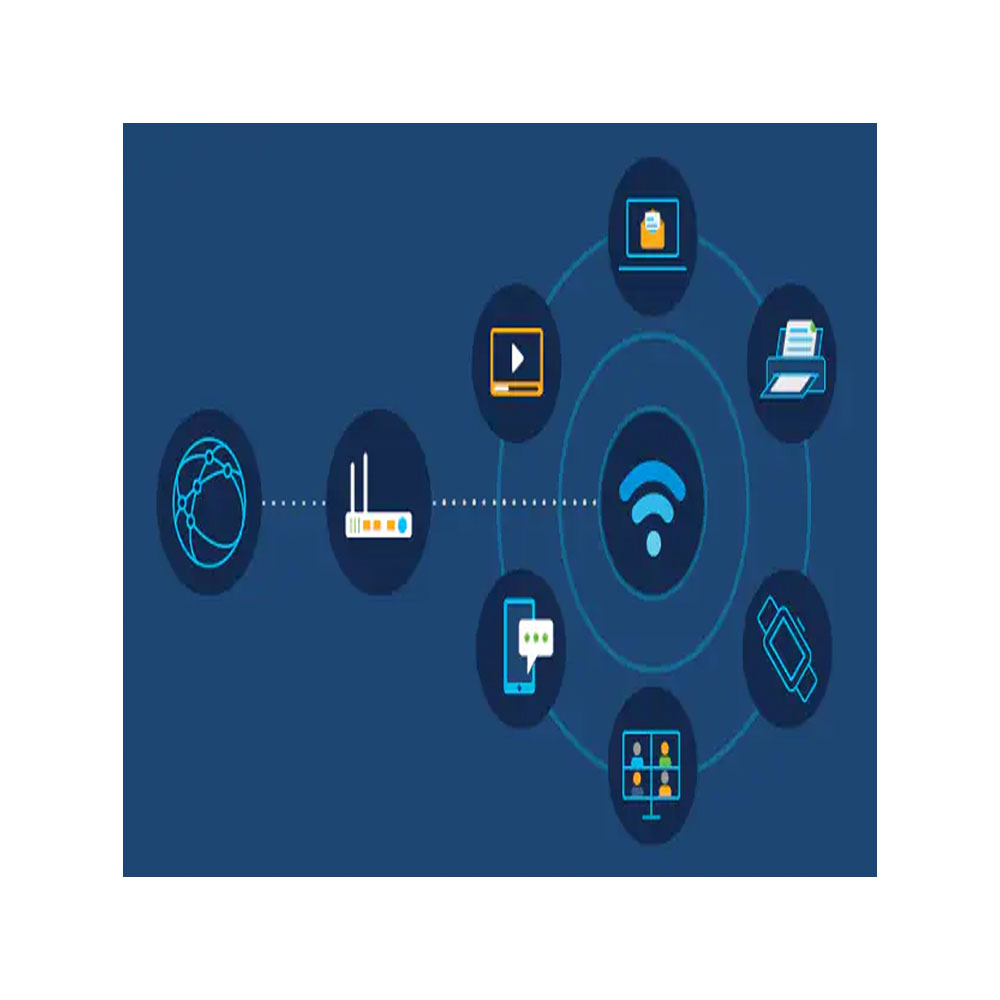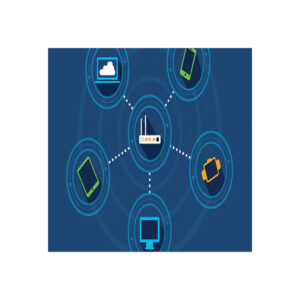Wireless Networking

We heavily rely on wireless networks in the modern world to access the internet, share information, and communicate with others. This blog article will examine what wireless networking is, how it functions, its benefits and drawbacks, and its potential in the future.
How does wireless networking work?
Without the use of physical cables or wires, wireless networking enables connections and communication between electronic devices. Instead, wireless networking sends and receives data between devices via radio waves. Wi-Fi, the most popular kind of wireless network, enables users to access the internet without the need for a physical connection.
What is the process of wireless networking?
A wireless access point, or WAP, is a key component of wireless networking. Data transmission to and reception from wireless devices are handled by the WAP, which serves as a hub for wireless communication. Data is transformed into radio waves by the WAP and then transmitted through the airwaves. These radio waves can then be picked up by wireless devices, including computers, cellphones, and tablets, and transformed back into data.
Wireless networking benefits
First of all, wireless networks are more practical and adaptable since they let users connect to the internet and share data from any location that is within the wireless signal’s range. Second, since there are no physical connections to deal with, wireless networks are simpler to construct and maintain.
Problems with Wireless Networking
Wireless networking has a lot of benefits, but it also has some drawbacks. Security is one of the main drawbacks of wireless networking. Sensitive data must be protected using encryption and other security measures because wireless signals can be intercepted by anybody nearby. Interference is yet another drawback of wireless networking. Other electronic equipment, including microwaves, as well as distance and obstructions like walls and floors, might interfere with wireless transmissions.
Wireless networking in the future
Future prospects for wireless networking technology are promising as it continues to develop. While the Internet of Things (IoT) will open up even more potential for wireless communication, the development of 5G networks promises to deliver quicker and more dependable wireless access.
In conclusion, wireless networking has altered how we access information and communicate. Although it has benefits and drawbacks, its prospects for the future are promising. We may anticipate seeing even more cutting-edge methods of wireless connection and communication as wireless technology continues to advance.
